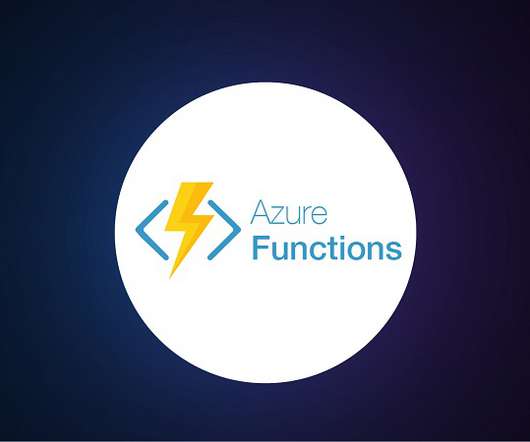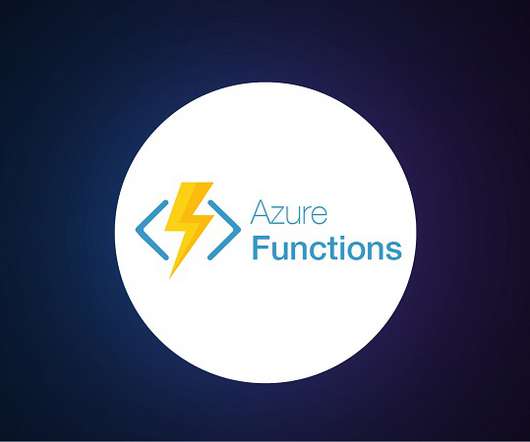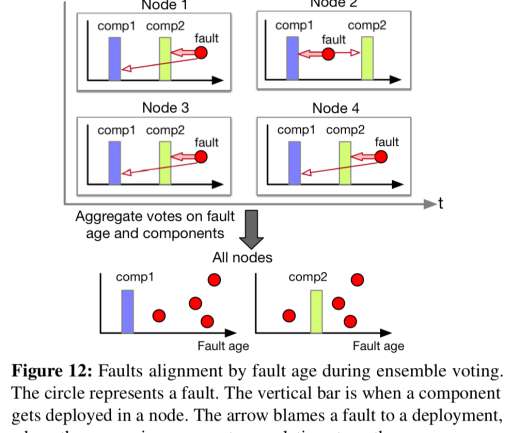What is AWS Lambda?
Dynatrace
APRIL 5, 2021
The 2014 launch of AWS Lambda marked a milestone in how organizations use cloud services to deliver their applications more efficiently, by running functions at the edge of the cloud without the cost and operational overhead of on-premises servers. What is AWS Lambda? Where does Lambda fit in the AWS ecosystem? Dynatrace news.




















Let's personalize your content